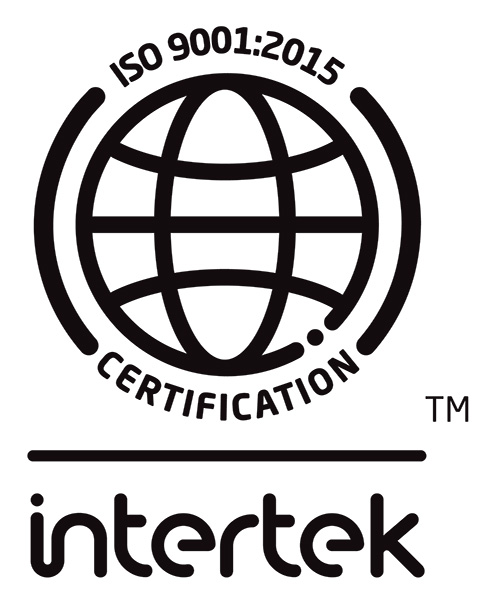Conclusion
Tetracyclines are a class of antibiotics that have historically had a broad spectrum of antimicrobial activity, and consequentially a wide variety of clinical uses. However, because of the advent of resistance, their use has become increasingly limited. This resistance is most often mediated by a large family of efflux pumps, or ribosomal protection proteins. Nonetheless, they continue to be an important part of the antimicrobial armamentarium as they are an excellent treatment option for both common and esoteric infections.
We would like to thank Dr. Wilson Chan for his contribution to our newsletter.
Dr. Chan is a microbiologist with Calgary Laboratory Services, Calgary, Alberta; and a member of the Clinical Microbiology Proficiency Testing (CMPT) Microbiology Subcommittee.
References
1. Speer BS, Shoemaker NB, Salyers AA. Bacterial resistance to tetracycline: mechanisms, transfer, and clinical significance. Clin Microbiol Rev 1992; 5(4):387–399.
2. Yamaguchi A, Ohmori H, Kaneko-Ohdera M, Nomura T, Sawai T. Delta pH-dependent accumulation of tetracycline in Escherichia coli. Antimicrob Agents Chemother 1991; 35(1):53–56.
3. Moffa M, Brook I. Tetracyclines, p. 322–338. In Mandell, Douglas, and Bennett’s Principles and Practice of Infectious Diseases, 8th ed. Churchill Livingstone ElsevierPhiladephia, PA 2015.
4. Bisno AL, Gerber MA, Gwaltney, Jr. JM, Kaplan EL, Schwartz RH. Practice guidelines for the diagnosis and management of group A streptococcal pharyngitis. Clin Infect Dis 2002; 35(2):113–125.
5. Gaillard T, Madamet M, Pradines B. Tetracyclines in malaria. Malar J 2015; 14:445.
6. Coulibaly YI, Dembele B, Diallo AA, Lipner EM, Doumbia SS, Coulibaly SY, et al. A randomized trial of doxycycline for Mansonella perstans infection. N Engl J Med 2009; 361(15):1448–1458.
7. Chopra I, Roberts M. Tetracycline antibiotics: mode of action, applications, molecular biology, and epidemiology of bacterial resistance. Microbiol Mol Biol Rev 2001; 65(2):232–260.
8. Connell SR, Tracz DM, Nierhaus KH, Taylor DE. Ribosomal protection proteins and their mechanism of tetracycline resistance. Antimicrob Agents Chemother 2003; 47(12):3675–3681.
9. Chopra I, Hawkey PM, Hinton M. Tetracyclines, molecular and clinical aspects. J Antimicrob Chemother 1992; 29(3):245–277.
10. Guay GG, Tuckman M, Rothstein DM. Mutations in the tetA(B) gene that cause a change in substrate specificity of the tetracycline efflux pump. Antimicrob Agents Chemother 1994; 38(4):857–860.
11. Duval V, Nicoloff H, Levy SB. Combined inactivation of lon and ycgE decreases multidrug susceptibility by reducing the amount of OmpF porin in Escherichia coli. Antimicrob Agents Chemother 2009; 53(11):4944–4948.
12. Cohen SP, McMurry LM, Hooper DC, Wolfson JS, Levy SB. Cross-resistance to fluoroquinolones in multiple-antibiotic-resistant (Mar) Escherichia coli selected by tetracycline or chloramphenicol: decreased drug accumulation associated with membrane changes in addition to OmpF reduction. Antimicrob Agents Chemother 1989; 33(8):1318–1325.
13. Speer BS, Bedzyk L, Salyers AA. Evidence that a novel tetracycline resistance gene found on two Bacteroides transposons encodes an NADP-requiring oxidoreductase. J Bacteriol 1991; 173(1):176–183.




